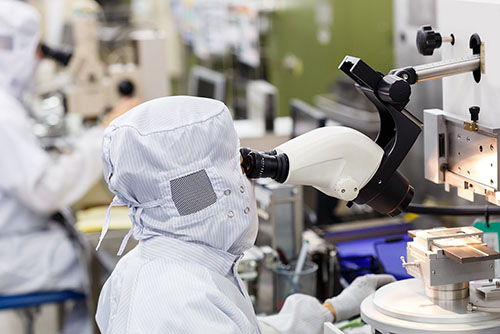It is hard to imagine just how tiny nanotubes are compared to traditional implant surface structures. They are thousands of times smaller than traditional porous structures on implants or even cells. Millions of nanotubes form a surface texture and energy that attracts and interacts with the outer membrane of a cell wall. These arrays of millions of nanotubes per square millimeter can be formed onto flat or porous structures.
Nanotubes are not an additive coating. They are formed into the existing metal oxide tissue-contacting surface of implants. Titanium, tantalum, and zirconium metals and alloy implants are directly treated with an anodization process to form the nanotubes. Implants made from other materials such as PEEK, medical polymers, ceramics and CoCrMo are indirectly treated by first applying a thin layer of titanium that is then processed by a similar patented anodization technique to form nanotubes on its surface.
Any implant surface that requires stable fixation against bone such as a hip, knee, ankle, shoulder, hand, or spinal implant can be enhanced by nanotubes.

How does it work?
- It mimics the stem cells around the implant into thinking that the surface of the implant is actually another cell.
- The super-absorbent, ultra-hydrophilic surface enhances tissue cell attachment.
- The cell then spreads and branches out on the implant surface.
- The stem cell differentiates to match the cells that are around the nanotube surface.
- If around bone cells, Osteoblasts form and the mineralization process begins.
- If near cartilage, chondrocyte cells form starting cartilage regeneration

Testing
“In Vivo studies have shown that titanium implants that have nanotubes on them have a nine times greater osseointegration bond strength as compared to implants that don’t. We also see faster cell differentiation—the bonding happens weeks faster than it would without nanotubes. We’re interested in allowing patients to walk on or fully use their implants faster. We’re trying to speed that up not by days, but by weeks and perhaps months"
